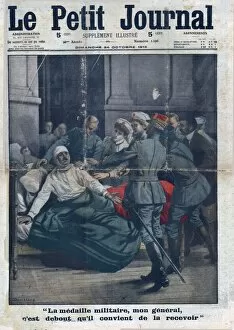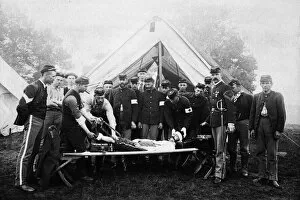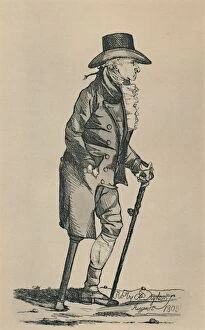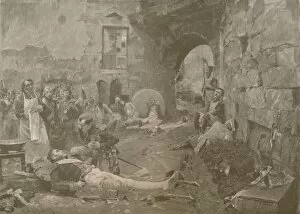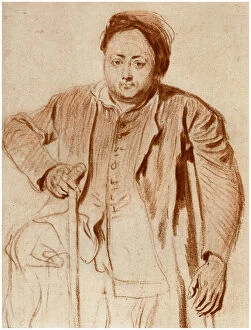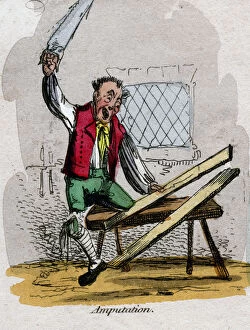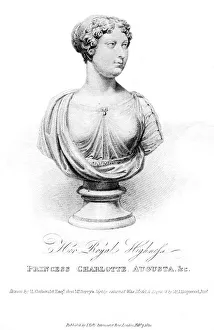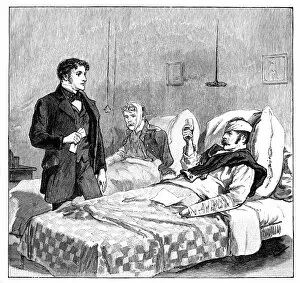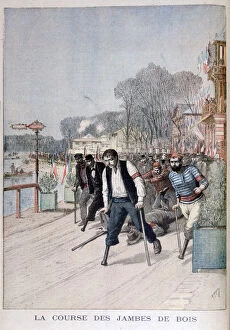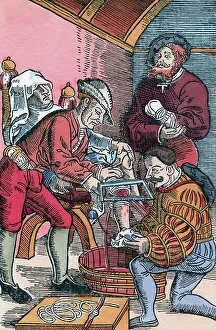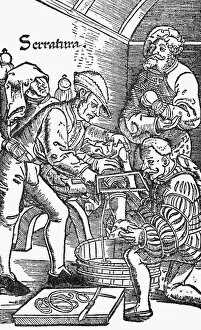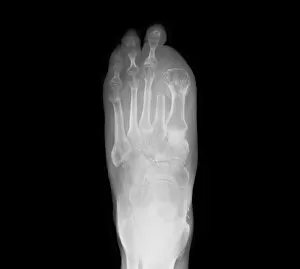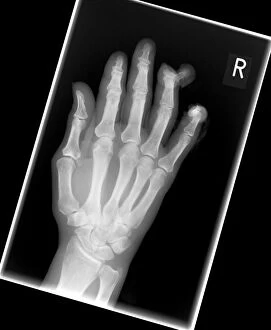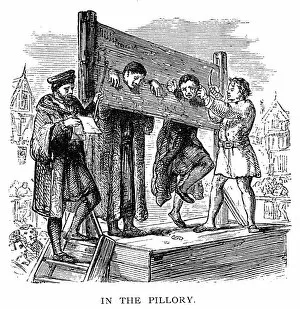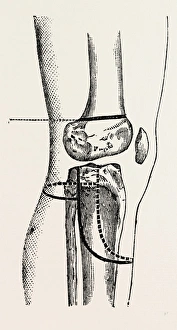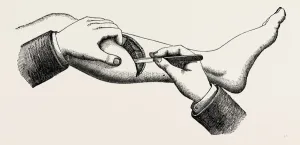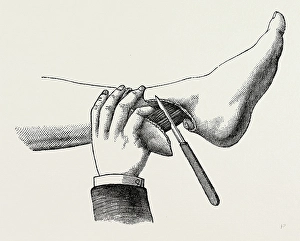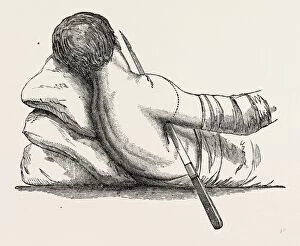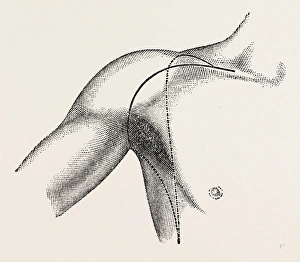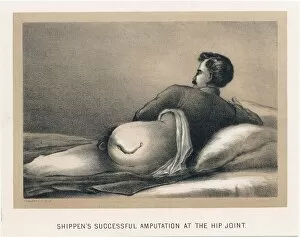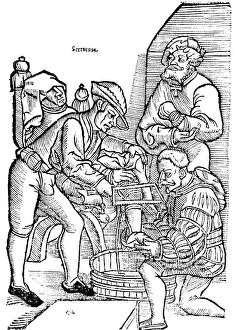Amputation Collection (#4)
"Amputation: A Journey of Resilience and Hope" In the realm of medicine, amputation stands as a testament to both the triumphs and challenges faced by individuals
All Professionally Made to Order for Quick Shipping
"Amputation: A Journey of Resilience and Hope" In the realm of medicine, amputation stands as a testament to both the triumphs and challenges faced by individuals. Whether it be the loss of an arm or leg, this procedure has shaped countless lives throughout history. One notable figure in this narrative is Fitzroy HJ Somerset, 1st Baron Raglan, a British soldier from the 19th century. His bravery on the battlefield resulted in amputations that forever altered his physicality but not his spirit. The evolution of prosthetics also plays a significant role in understanding amputation's impact. The artificial hand of Goetz von Berlichingen showcases how innovation can restore functionality and empower those who have endured limb loss. Artistic expressions have captured the essence as well. "Dick Dock, or the Lobster and Crab" (1806) portrays society's fascination with these procedures while highlighting their complexities through satire. Similarly, artwork depicting phantom pain after amputation delves into the psychological toll experienced by patients long after surgery ends. Thomas Rowlandson and William Hinton are renowned artists whose drawings and prints shed light on historical perspectives surrounding amputation. Their works serve as reminders that medical advancements have come far since then. However, it is essential to acknowledge that beyond medical records lie stories untold – like that of an Englishwoman martyred by Chinese forces in 1930 for her faith. Her sacrifice serves as a poignant reminder that sometimes life-altering decisions are made outside medical settings due to unforeseen circumstances. Hans von Gersdorff, a German surgeon from centuries ago, contributed significantly to our understanding of surgical techniques related to amputations. His expertise paved the way for modern practices we rely on today. Stephanie Lush's story exemplifies resilience amidst adversity; having lost both legs due to meningitis did not deter her from living life fully with the help of prosthetics.


